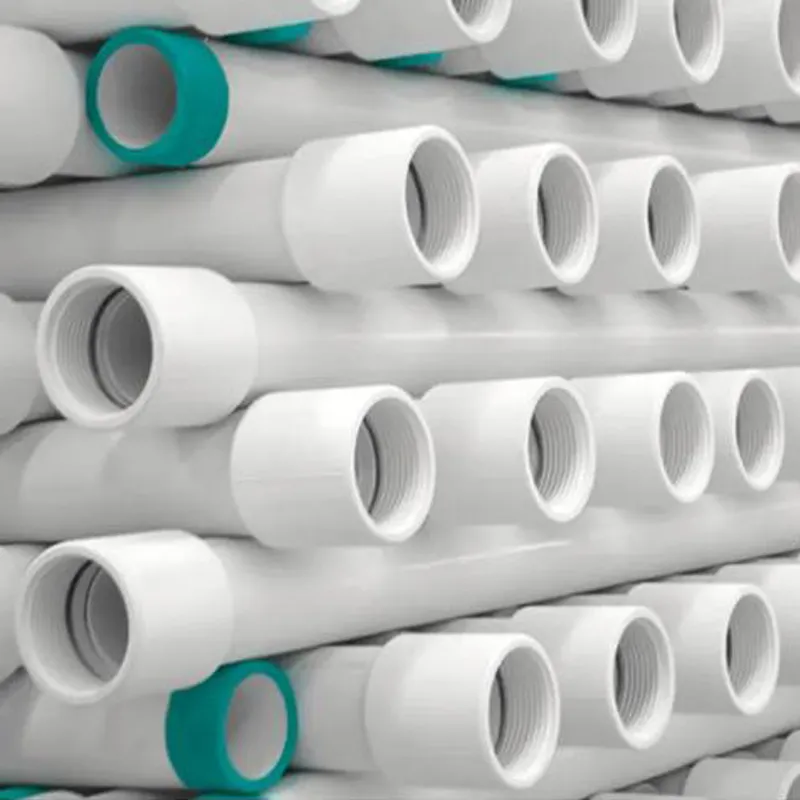Sep . 02, 2024 12:41 Back to list
Connection Guide for PVC to HDPE Pipes
Connecting PVC to HDPE Pipes A Guide for Efficient Solutions
In the realm of modern plumbing and construction, it is often necessary to connect different types of pipe materials to accommodate diverse application requirements. Among the most commonly used materials are Polyvinyl Chloride (PVC) and High-Density Polyethylene (HDPE). While each material boasts unique advantages, understanding their properties and the appropriate methods to connect them is crucial for ensuring durability and efficiency in any piping system.
Understanding PVC and HDPE
PVC is renowned for its rigidity, chemical resistance, and light weight, making it a favored choice for drainage, waste, and vent systems. Its smooth interior surface reduces friction, allowing for efficient water flow and minimizing buildup. On the other hand, HDPE is characterized by its flexibility, resilience, and strong resistance to environmental stressors. It is commonly used for water distribution, natural gas, and sewer systems due to its durability and ability to withstand harsh conditions.
Challenges in Connecting PVC to HDPE
The primary challenge in connecting PVC and HDPE lies in the differing properties of the two materials. While PVC is rigid and requires solvent welding, HDPE is flexible and often connects through heat fusion or mechanical fittings. These essential differences necessitate the use of specific techniques and fittings to achieve a secure and leak-free connection.
Methods of Connection
1. Mechanical Fittings One of the most straightforward methods to connect PVC to HDPE is through mechanical fittings. These fittings are designed to accommodate both types of pipes, often involving a tapered end that provides a snug fit. The use of clamps or bolts ensures a secure grip, preventing leaks and ensuring the integrity of the system. It’s essential to select the correct size and type of fitting to match the pipe diameters.
china pvc to hdpe pipe connection

2. Transition Fittings Transition fittings are specifically designed to connect pipes of different materials. These fittings typically feature one end compatible with PVC and the other with HDPE, allowing for an efficient connection. They are commonly used in applications requiring a change in material for various environmental factors.
3. Flanged Connections Flanged connections offer another method for joining PVC and HDPE. This approach involves adding flanges to the ends of both pipes, allowing them to be bolted together firmly. This method not only provides a robust connection but also facilitates easy disassembly for maintenance or repair.
4. Adapter Couplings Similar to transition fittings, adapter couplings allow for the connection of two different types of pipes. They are available in various configurations and sizes, providing flexibility in application and ensuring compatibility between the two materials.
Best Practices for a Secure Connection
To ensure a successful connection between PVC and HDPE, consider the following best practices
- Always clean the surfaces of the pipes before making connections to remove dirt and debris. - Ensure that the fittings are rated for the intended pressure and application conditions. - Follow the manufacturer’s guidelines regarding installation techniques and torque specifications, particularly for mechanical fittings. - Perform testing after installation to check for leaks and ensure the integrity of the connection.
Conclusion
Connecting PVC to HDPE pipes is a practical solution for various plumbing and construction requirements. By understanding the properties of each material and employing the right connection methods, professionals can create efficient, durable systems that effectively meet modern demands. As construction practices continue to evolve, mastering these connections will become increasingly essential for industry success.
-
DN25 PPR Water Pipes for Kitchen - Durable & Leak-Proof Plumbing Solution
NewsJul.30,2025
-
HDPE Sprinkler Pipe Manufacturers – Durable Irrigation Solutions
NewsJul.30,2025
-
High-Quality DN150 HDPE Pipes for Gas Delivery – Durable & Leak-Proof
NewsJul.29,2025
-
140mm PVC Drilling Pipe for Efficient Borehole Drilling Solutions
NewsJul.29,2025
-
High-Quality UPVC Column Pipes for Submersible Pumps – Corrosion Resistant
NewsJul.29,2025
-
DN500 HDPE Double Wall Corrugated Drain Pipes for Efficient Drainage
NewsJul.28,2025

